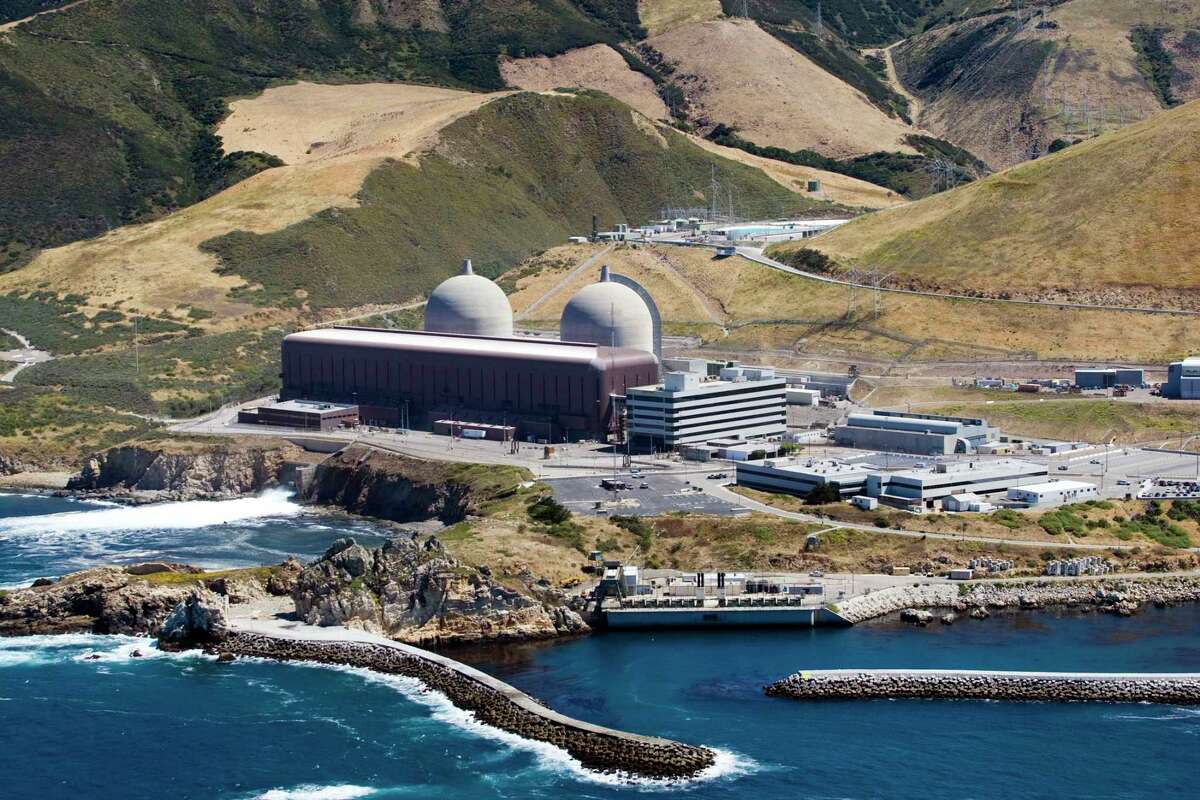
In a significant move that has sparked both praise and opposition, the Biden administration has approved $1.1 billion in credits to sustain the operations of California’s last nuclear power plant, Diablo Canyon. This decision comes as a response to the growing concerns over energy stability and the potential for blackouts in the state. The Diablo Canyon Power Plant, operated by Pacific Gas & Electric (PG&E), was originally slated for closure by 2025. However, the recent funding injection ensures its continued operation until at least 2030, setting the stage for a contentious debate between environmentalists, policymakers, and proponents of nuclear energy.
The Background
The Diablo Canyon Power Plant, equipped with two reactors, has been a crucial contributor to California’s energy grid, generating approximately 9% of the state’s power. Originally, a 2016 agreement between PG&E, environmental groups, and labor unions had outlined plans to shutter the four-decade-old reactors by 2025. However, in 2022, California Governor Gavin Newsom urged the state legislature to overturn the agreement, citing the necessity of Diablo Canyon to prevent potential blackouts amidst the challenges posed by climate change.
Environmental Concerns
California, historically at the forefront of the environmental movement, has grappled with the role of nuclear power in its energy landscape. Critics argue that the state already possesses ample alternative energy sources, making the continued operation of Diablo Canyon unnecessary. Concerns extend to the potential hindrance of the development of cleaner energy alternatives. Additionally, environmentalists warn about safety risks associated with long-delayed testing on one of the reactors, a claim disputed by PG&E.
Nuclear Industry’s Rebirth
The debate surrounding Diablo Canyon unfolds against the backdrop of a broader discussion about the future of the nuclear industry. As the world grapples with the impacts of global warming, nuclear power presents itself as a low-carbon alternative to traditional fossil fuels. While nuclear energy does not produce carbon pollution, the industry faces challenges related to radioactive waste disposal, which remains hazardous for centuries. Diablo Canyon’s potential extension reflects a moment of reckoning for the nuclear sector, seeking a revival amid climate concerns.
PG&E’s Role and Future Plans
PG&E, the operator of Diablo Canyon, has submitted a request to the Nuclear Regulatory Commission for a 20-year extension of the plant’s operating licenses – a standard procedure in the industry. However, the key distinction lies in Governor Newsom’s assertion that the state will have control over how long the reactors continue to operate. This dynamic adds a layer of complexity to the ongoing saga, as it underscores the delicate balance between federal and state authority in shaping the energy landscape.
The decision to provide $1.1 billion in aid to Diablo Canyon represents a pivotal moment in the ongoing debate surrounding the future of nuclear power, environmental sustainability, and energy security. As California navigates the intersection of its environmental legacy and the pressing need for a stable energy supply, the fate of Diablo Canyon will undoubtedly reverberate through national discussions on the role of nuclear energy in combating climate change. The coming years will likely see intensified scrutiny, legal battles, and policy decisions that will shape the trajectory of Diablo Canyon and the broader nuclear industry.





